Henry Joseph Darger, Jr. ( c. April 12, 1892 – April 13, 1973
Darger was 4 when his mother died, 8 when his impoverished father put him in a Catholic Mission home and 13 when at the death of his father he was sent to an Illinois asylum for children. Age 16 he escaped and walked the 156.2 miles,( 251.4 km) to Chicago. In Chicago he found menial work in Catholic hospital and, with a break for military service, stayed there as a janitor until his retirement in 1963. He lived alone, reclusive and solitary. Shortly before his death it was discovered that over six decades in his isolation he had been writing millions of words and painting hundreds of pictures, some as much as ten feet long.
The major opus was a 15,145-page, single-spaced fantasy 'The Story of the Vivian Girls, in What is Known as the Realms of the Unreal, of the Glandeco-Angelinian War Storm, Caused by the Child Slave Rebellion' illustrated with hundreds of art works. A second novel, Crazy House begins with a small amount of autobiography before it peremptorily turns into another fantastical story of 4,000 pages. There were weather journals, in which Darger wrote the predicted weather forecast for a given day opposite a description of the actual weather for that day. Darger also did many watercolours depicting extreme weather condition, lightning strikes, storm clouds, wind, and rain.
The images from Darger's fictional work range from tranquil landscapes populated by children and fantastic creatures, to battles and scenes of horrific terror and carnage depicting young children being tortured and massacred. Darger's technique of collage and traced drawing in mixed media is untutored and devised to make up for his limitations as a draughtsman. The scenes depicted are of both light and dark events. There are fairies and flowers, torment and terror. Each for the most part treated in the same manner with pale pastel colours predominating irrespective of the events shown. This gives rise to a disjunction between form and content and creates a disquieting effect quite different from what might have been achieved by Goya or Brueghel, or indeed Glenn Fabry or Simon Bisley.
There has been speculation about Darger's mental health with autism a favoured diagnosis. Whatever the medical profession say it seems to me Darger lived an exaggerated form of a state of mind that is not uncommon amongst those of us who like to lose ourselves in, and possibly create, escapist fiction. A clan who feel safer with and prefer fiction to fact, imagination to reality, the world behind our eyes rather than that under our nose, a world in our head rather than that under our feet - with a fictional world as a preferred space, a welcome alternative to the real one.
For all his eccentricities Darger is an Artist - in his need to communicate, desire to tell a story, and wish to be acknowledged.
I am intrigued with Henry Darger and his work, having only recently come across it - which is probably just as well since had I met it earlier I can half imagine what effect it might have had on the content and appearance of my attempts at story telling..
There is a very good documentary at
http://www.youtube.com/watch?v=sRlvDKcDvsI&feature=kp
well worth sitting through.



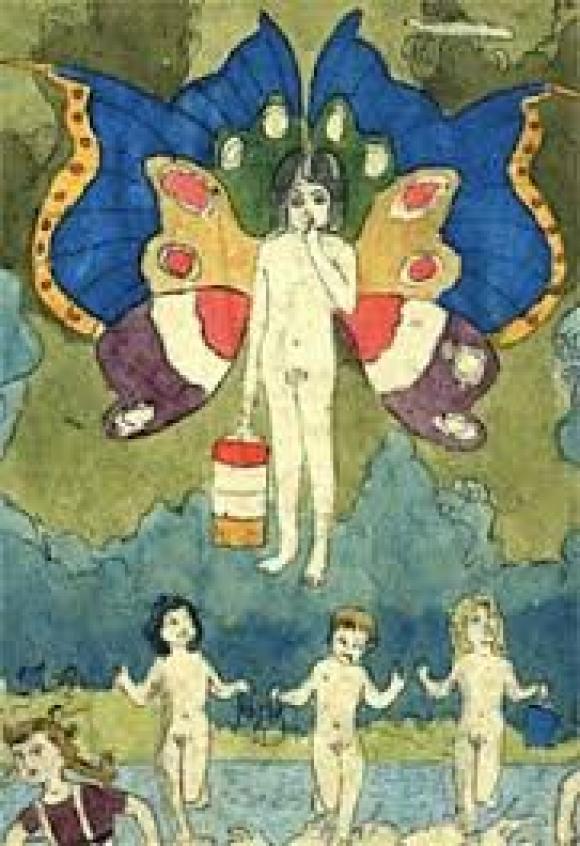
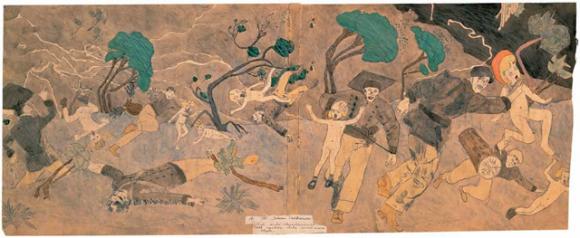
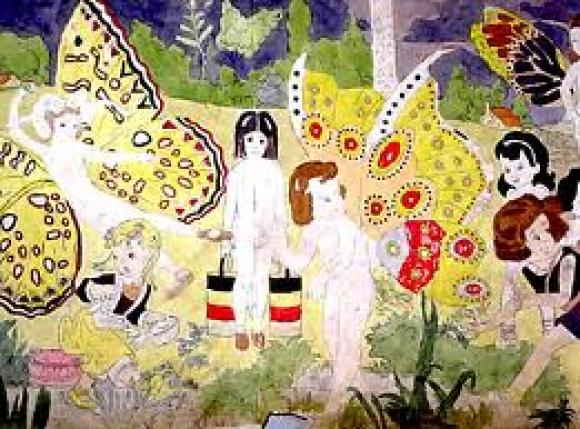
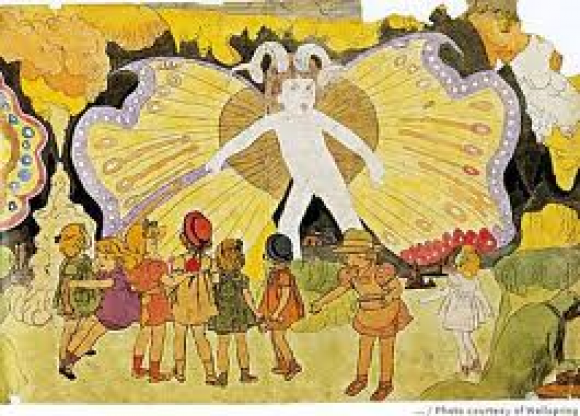
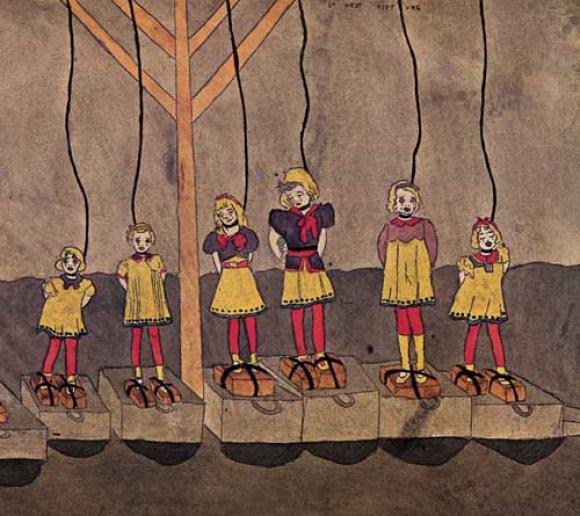
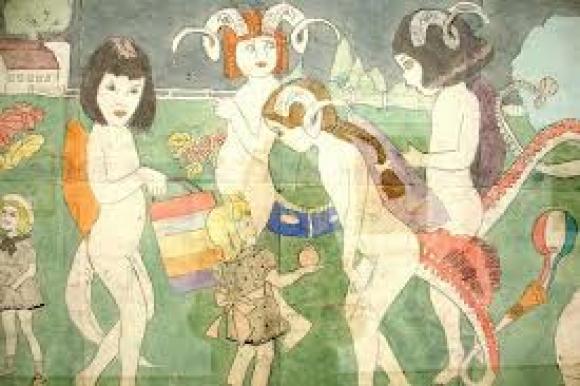
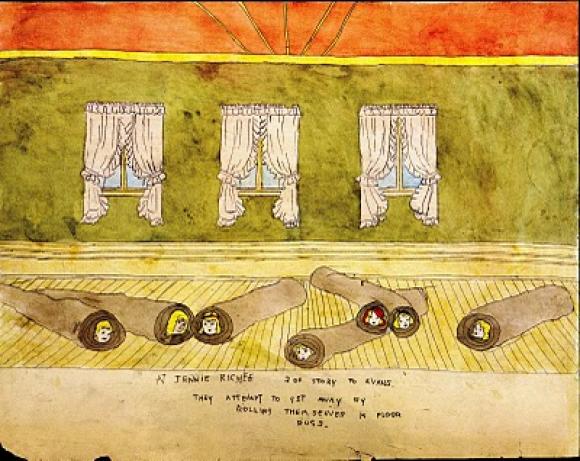
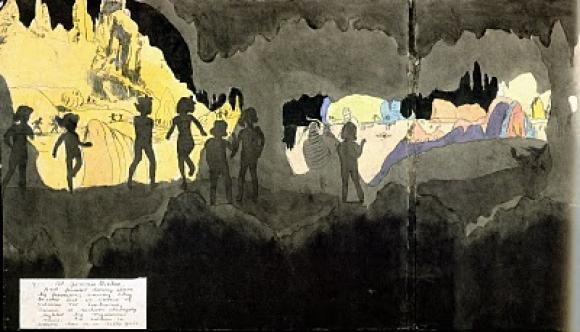
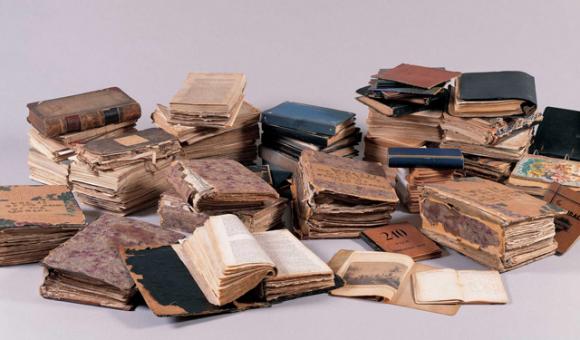
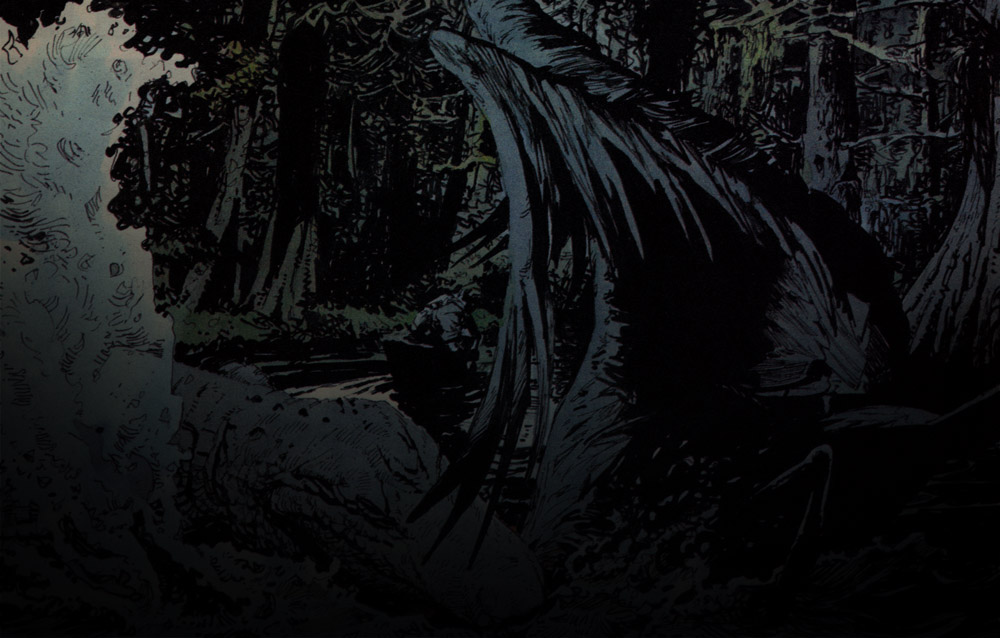
Comments
What an utterly, utterly fascinating life story! Thanks for sharing with us, Arthur.
Regards
Bheki
Hullo Bheki,
you are welcome.
There is something haunting about the life and the work.
Best,
Arthur